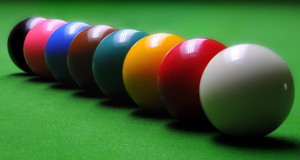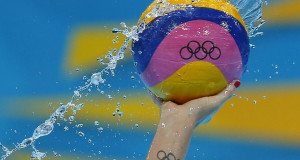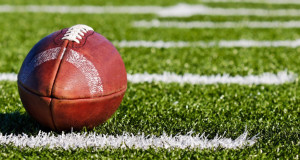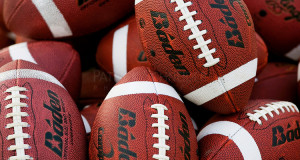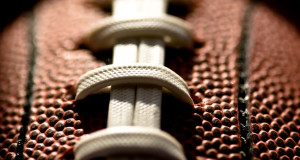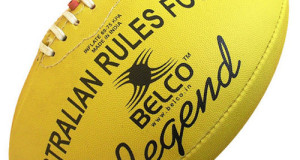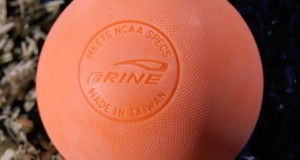Similar to the game of billiards, the game is played using a cue and 22 snooker balls: one white cue ball, 15 red balls worth one point each, and six balls of different color: yellow (2 points), green (3), brown (4), blue (5), pink (6) and black (7). The red balls are initially placed in a triangular formation, and the other colored balls on marked positions on the table known as “spots”. Players execute shots by striking the cue ball with the cue, causing the cue ball to hit a red or colored ball. Points are scored by potting the red and colored balls (that is, knocking them into the pockets) in the correct sequence. A player receives additional points if the opponent commits a foul. A player wins a game of snooker by scoring more points than the opponent. A player wins a match when a predetermined number of frames have been won.
Read More »Olympic Water Polo for Men and Women
The Federation Internationale de Natation (FINA) regulates Olympic water polo for both men and women. They keep things simple, by specifying only the most basic characteristics for the ball – it must be round and waterproof, without straps or greasy coverings. With women able compete in the Olympics beginning in 2000, a slightly smaller ball was introduced into the games.
Read More »Olympic Beach Volleyballs Are Bright
The 2007/2008 Official Beach Volleyball Rules determined by the Federation Internationale de Volleyball (FIVB) dictate that the balls be spherical, flexible and uniform within a match. At 66 to 68 cm in circumference and appearing in bright colors, the balls are made of materials that do not absorb humidity.
Read More »High School Volleyballs Governed by NFHS
The National Federation of State High School Associations (NFHS) has a committee that writes the rules for many high school matches. The physical specifications of an NFHS ball are very similar to those of an NCAA ball, with the circumference being the only difference. While any NCAA ball could be used in a NFHS game (if the NFHS authentication markings appear), the reverse may not be true, depending on the actual circumference of the ball.
Read More »NFHS Determines Rules for Most High School Football
The National Federation of State High School Associations (NFHS) has a committee that writes the rules governing most high school football. Both leather and rubber are approved for high school use and the ball must be marked with one of two NFHS graphic markings.
Read More »NFL Footballs – 36 for Outdoor Games and 24 for Indoor Games
The NFL Rules Digest readily offers rules on how many balls must be provided at each game, but does not specify what makes a ball legal. This rule may be a reaction to the practice of some teams storing their own game balls at a different temperature than those to be used by their competitor.
Read More »Football With a White Stripe for NCAA
NCAA rules for college football appear to be similar to those used by the NFL. The physical characteristics of each are the same. The differences come in the markings on the surface. The most visible exceptions are that the NCAA requires two one-inch white stripes and prohibits professional football league logos.
Read More »Australian Football League Uses a Symmetrical Oval Shaped Ball
Australian Football is a sport played between two teams of eighteen players on the field of either an Australian football ground, a modified cricket field, or a similarly sized sports venue. The main way to score points is by kicking the ball between the two tall goal posts. The team with the higher total score at the end of the match wins.
Read More »FIFA Sets a Standard for Football/Soccer
In The Laws of the Game 2008/2009, Fédération Internationale de Football Association (FIFA) addresses both the physical qualities of the ball and what to do if a game ball becomes defective. After more than 100 years as an international governing body of association football, they seem to be quite clear on the rules.
Read More »Major League Lacrosse Uses Orange “Grippy” Ball
Major League Lacrosse was founded in 1991 as a professional outdoor lacrosse league. The current rules include the use of a shot clock and allow for a 2-point goal to be scored. While the website does not contain specifications for the ball, the history section of the site does offer this interesting information regarding the lacrosse ball.
Read More » Balls.com – Index of Balls used in Sporting Games and Events Sports balls specifications and rules. All levels of organized play.
Balls.com – Index of Balls used in Sporting Games and Events Sports balls specifications and rules. All levels of organized play.
